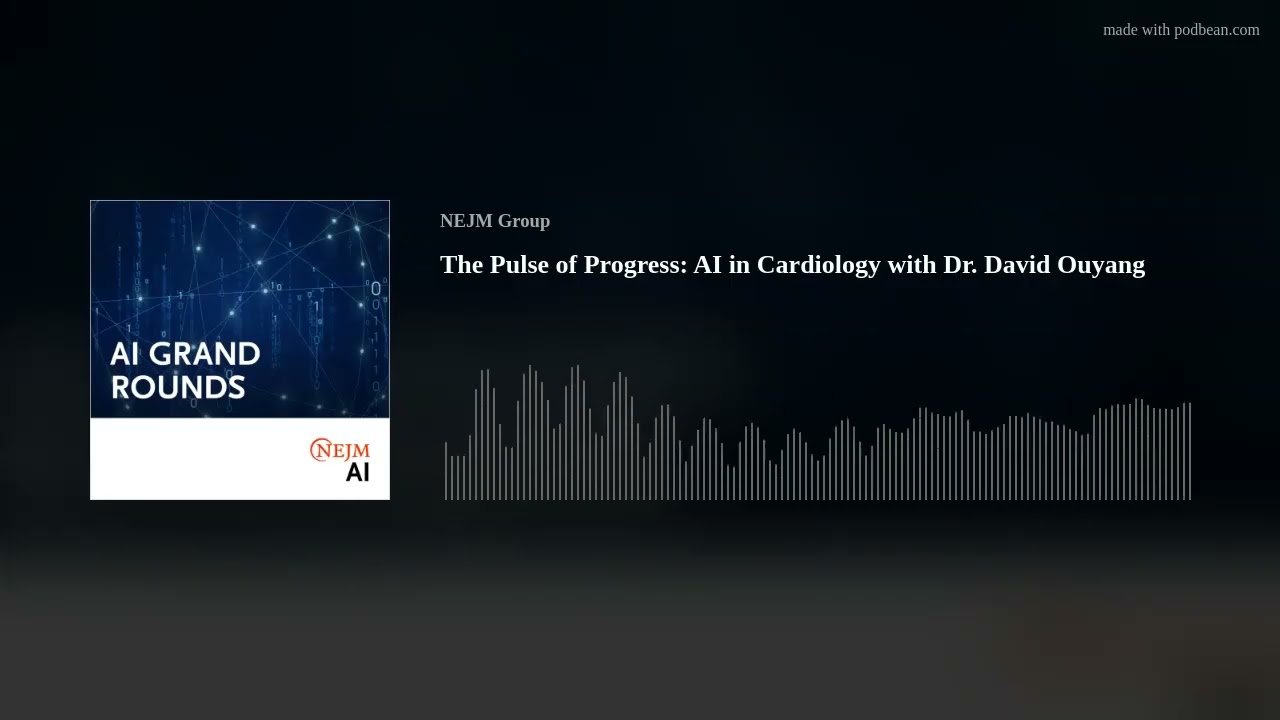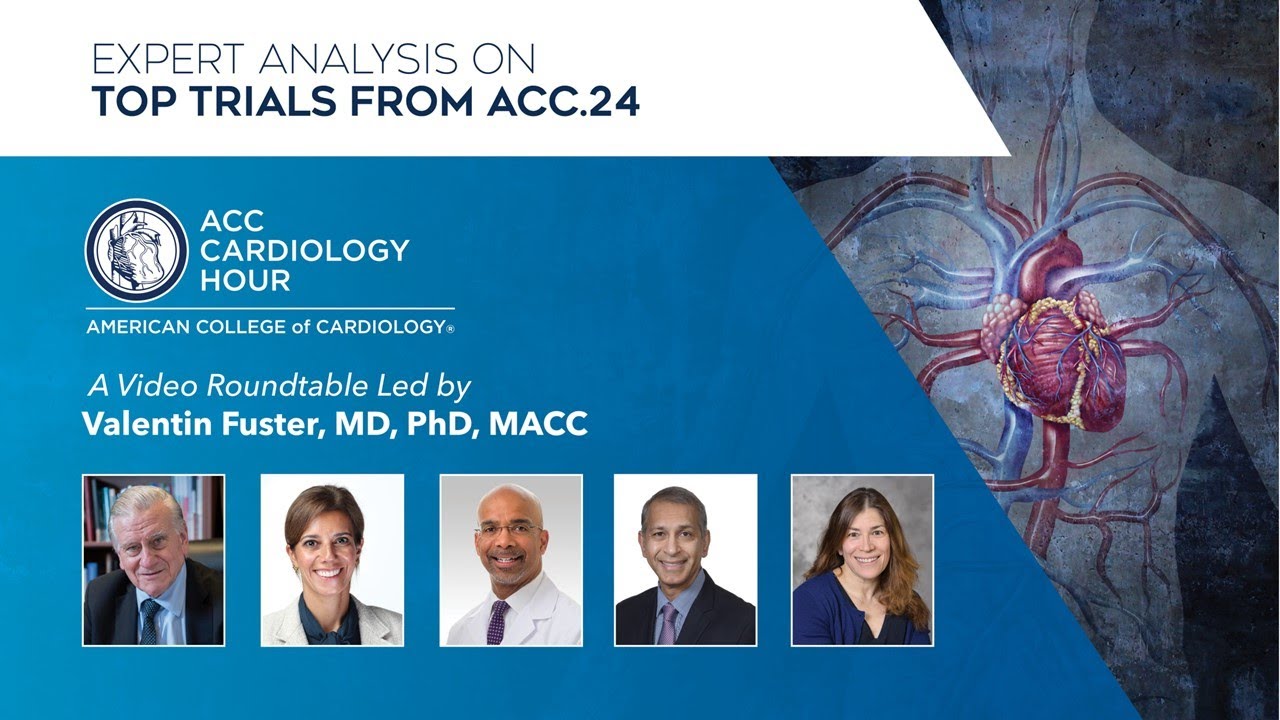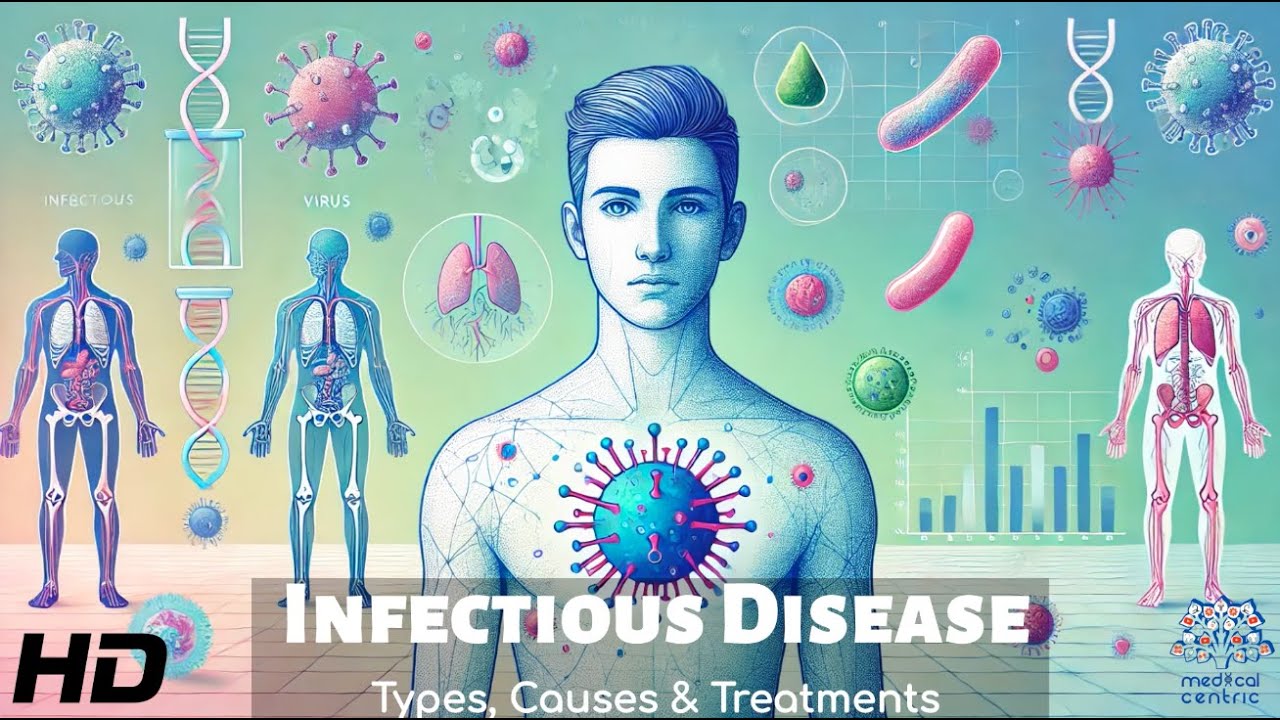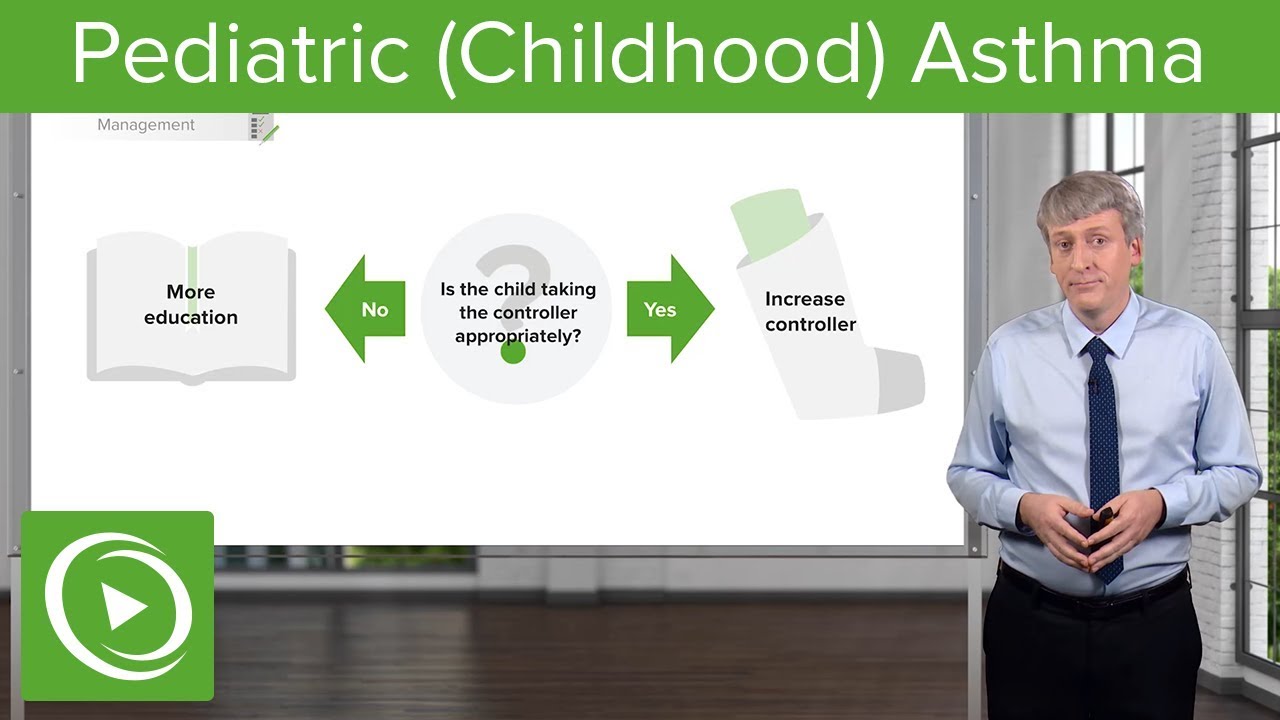Takotsubo cardiomyopathy carries excellent long-term prognosis
Reuters Health • The Doctor's Channel Daily Newscast
The results also suggest that treatment with angiotensin-converting enzyme inhibitors can protect against cardiogenic shock, ventricular arrhythmia, and death.
First described in 1990, Takotsubo cardiomyopathy is a stress-related condition with symptoms and ECG changes identical to that of acute coronary syndromes. However, on cardiac catheterization, no obstructive coronary lesions are seen. Left ventriculograms show a characteristic mid and apical segment akinesis and hyperkinesis in the basal segment.
To better understand the clinical characteristics and long-term outcomes of Takotsubo cardiomyopathy, Dr. Richard A. Regnante, from Warren Alpert Medical School of Brown University, Providence, Rhode Island, and colleagues analyzed data from 70 patients who were diagnosed with the condition at two major hospitals in Rhode Island from July 2004 to April 2008.
Ninety-five percent of the subjects were postmenopausal women. Roughly two thirds of the subjects had experienced a recent physical or emotional stressful event. On presentation, 6 patients were in cardiogenic shock, 9 required intubation, 3 had sustained ventricular arrhythmias, and 1 subject died of cardiac causes. An analysis of presentation dates revealed that cases tended to occur during summer months.
At cardiac catheterization, the average ejection fraction was 37% and troponin-I levels were elevated in all but one patient. On follow-up echocardiography, full recovery of wall motion abnormalities was noted in all patients and the average ejection fraction was 59%.
Takotsubo cardiomyopathy was usually treated with standard cardiovascular medications. In addition, 43% of patients received warfarin on discharge due to apical wall motion abnormalities seen at the time.
“It can be difficult for cardiologists and ER physicians to diagnose and manage patients with broken heart syndrome,” Dr. Regnante said in a statement. “However, this data will help us better understand the disease process and could play a major role in developing and tailoring more effective short and long-term treatment strategies.”
Reference:
Am J Cardiol 2009;103:1015-1019.








